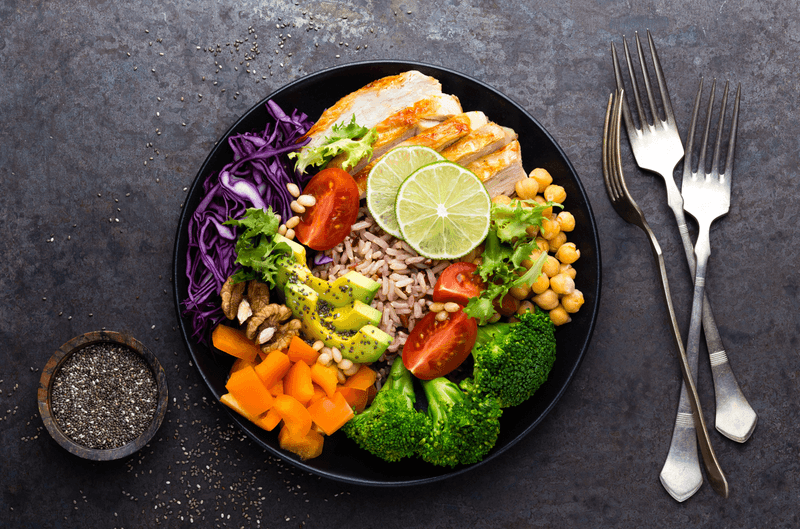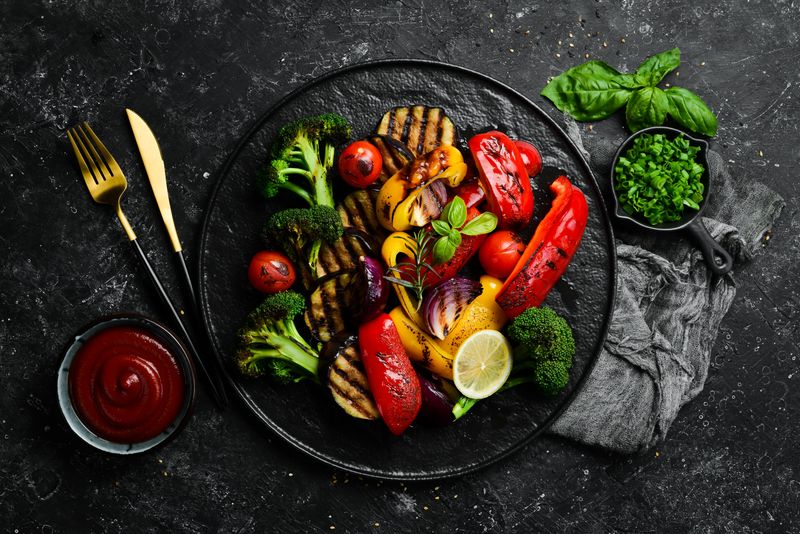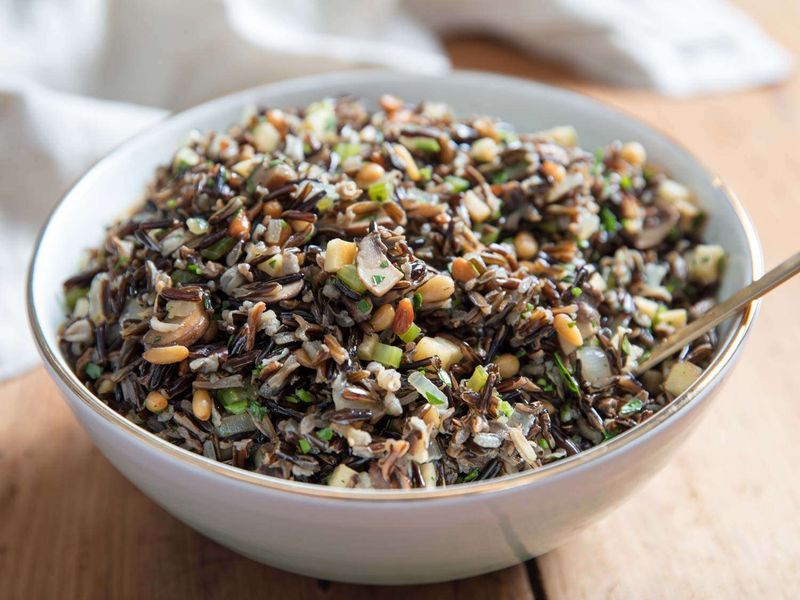How to Create a Balanced Plate Without Counting Calories or Cutting Food Groups

Eating well doesn’t mean following strict diets or cutting out food groups. Building a balanced plate is about making simple choices that nourish your body without complicated rules. When you focus on filling your plate with a mix of foods that make you feel good, healthy eating becomes easier and more enjoyable. Let’s explore how to create meals that give your body what it needs—no diet required!
1. Fill Half Your Plate With Colorful Veggies

Vegetables are nutrition powerhouses! They’re packed with vitamins, minerals, and fiber that help your body work its best. Think of your plate as a canvas and vegetables as the main attraction.
Try adding at least two different colored veggies to your meals. Red tomatoes, orange carrots, green spinach – each color brings different nutrients. The more colors, the better!
Don’t worry about perfect portions. Just aim to make veggies the biggest part of your meal. Frozen vegetables count too and can be just as healthy as fresh ones when you’re short on time.
2. Add Protein For Staying Power

Feeling hungry an hour after eating? You might need more protein on your plate! Protein helps you feel full longer and gives your body building blocks for muscles, skin, and more.
Good protein sources come in many forms. Chicken, fish, beans, tofu, eggs, and yogurt all count. Even nuts and seeds add protein to your meals. About a quarter of your plate should include some protein – roughly the size of your palm.
Mixing up your protein choices throughout the week ensures you get different nutrients. Plant proteins like lentils and chickpeas bring fiber along with protein for an extra health boost.
3. Make Room For Whole Grains

Brown rice, whole wheat bread, and oatmeal might not look exciting, but these whole grains are nutrition superstars! They give you long-lasting energy and keep your digestion running smoothly.
Unlike white bread or regular pasta, whole grains contain all parts of the grain – including the fiber-rich outer layer. This fiber helps you feel satisfied and keeps your gut happy. Aim to fill about a quarter of your plate with whole grains.
New to whole grains? Start by mixing brown rice with white rice, then slowly use more brown. Or try quinoa, which cooks quickly and has a mild taste that goes with almost everything.
4. Don’t Forget Healthy Fats

Fats got a bad reputation for years, but we now know our bodies need healthy fats! They help your brain work well, keep your skin glowing, and actually help you absorb certain vitamins from other foods.
Avocados, olive oil, nuts, and seeds are fantastic sources of healthy fats. Even fatty fish like salmon counts. You don’t need much – just a tablespoon of oil for cooking, a quarter avocado, or a small handful of nuts can do the trick.
A little fat makes meals more satisfying and tasty too. Try drizzling olive oil on vegetables, adding avocado to sandwiches, or sprinkling nuts on salads for extra crunch and nutrition.
5. Listen To Your Body’s Hunger Cues

Your body has a built-in wisdom about food that no diet plan can match! Learning to tune in to hunger and fullness signals helps you eat the right amount for your unique needs.
Before eating, ask yourself how hungry you really are. During meals, pause halfway through to check in again. Are you still hungry or getting full? There’s no shame in leaving food on your plate if your body says it’s had enough.
Remember that thirst sometimes feels like hunger. Having a glass of water before deciding to eat can help you tell the difference. The goal isn’t perfect eating – it’s building a relationship with food that feels good in your body.

Comments
Loading…